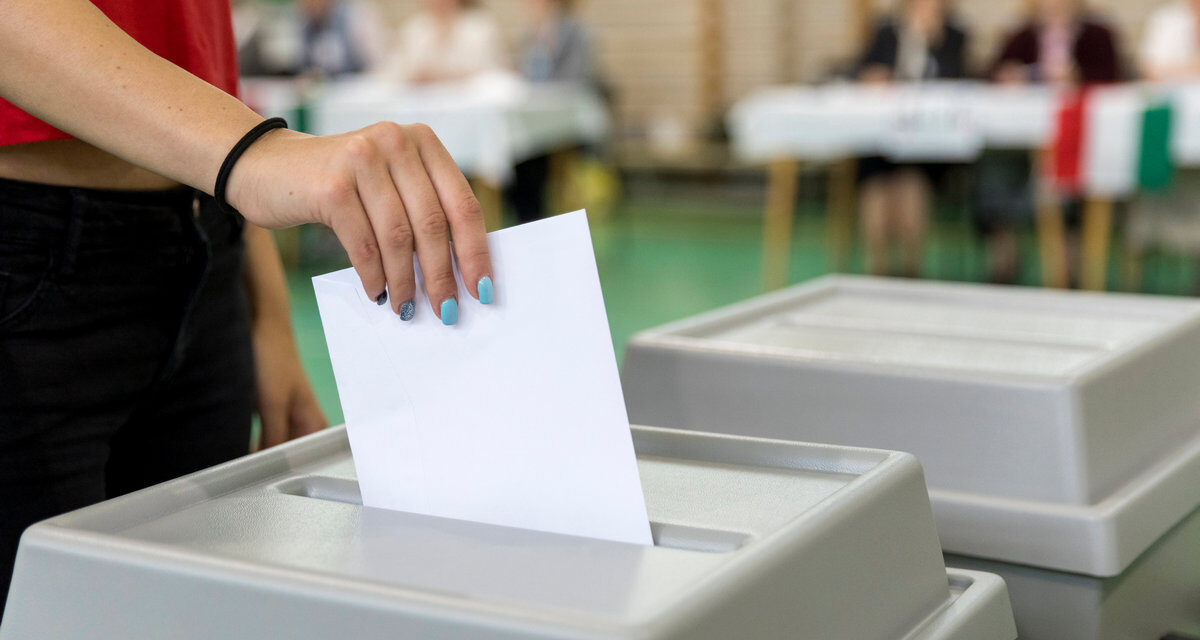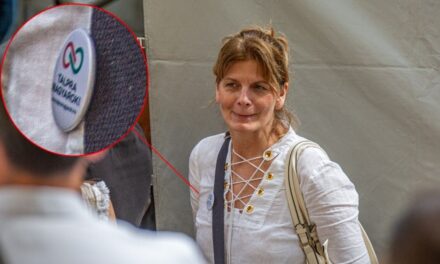We show you which ballots voters will receive and what they should pay attention to when filling them out.
Although there have been cases where two types of national voting have been held on the same day in our country, it is assumed that the one on June 9 will be, in a certain sense, the most complicated voting for voters so far. It is well-known that the European Parliament, local government and minority local government elections are also held on this day. In addition, the election rules have changed in the capital, which further complicates the system. The people of the capital should pay attention the best
The number of ballots that a given voter will receive depends primarily on the municipality in which he/she is voting.
Let's start with settlements of less than 10,000 people: here, in addition to the EP ballot, residents can vote for the mayor of the settlement, as well as for local representatives in a list system. But they can also vote for the candidates of the county assembly.
In non-county cities with a population of more than 10,000 people, the voter receives four ballots: in addition to the EP representatives, they can also vote for the mayor and members of the county assembly, as well as local representatives. The difference is that here you will not be able to vote for the list of all municipal representative candidates, but for the candidates of the given individual district.
In cities with county rights, the situation will be the simplest: in addition to the list of the EP, voters will receive two ballots on which they can vote for the mayor and the individual representative.
In the capital districts, on the other hand, there will be ballot dumping: voters will also vote for the EP list, mayor, mayor, individual local government representative and capital assembly list.
And if that wasn't enough, the people on the nationalities register also vote for the local government representatives of the nationalities in a given settlement or district.
What ballots do we get?
However, the June election presents not only the voters, but also the vote counters with an unprecedented task in distinguishing the ballots. According to the information sent to our newspaper by the National Elections Office, in addition to the fact that each ballot contains the name of the given type of election,
in this year's election, the ballot papers will be distinguished by a colored frame.
The EP ballot is blue, the mayor's ballot is yellow, the mayor's ballot is pink, the county and capital list ballot has a gray frame, while the individual representative's (individual list and individual electoral district) ballot does not have a separate frame, it is plain white. All nationality ballots will be printed on plain green paper.
This will all look like this in practice:

Source: valasztas.hu
In connection with the nationality ballots, the NVI drew attention to the fact that the voter must place the green ballots for the nationality election in a green envelope and seal the envelope, otherwise the vote will be invalid.
Featured image: MTI/Balázs Mohai













